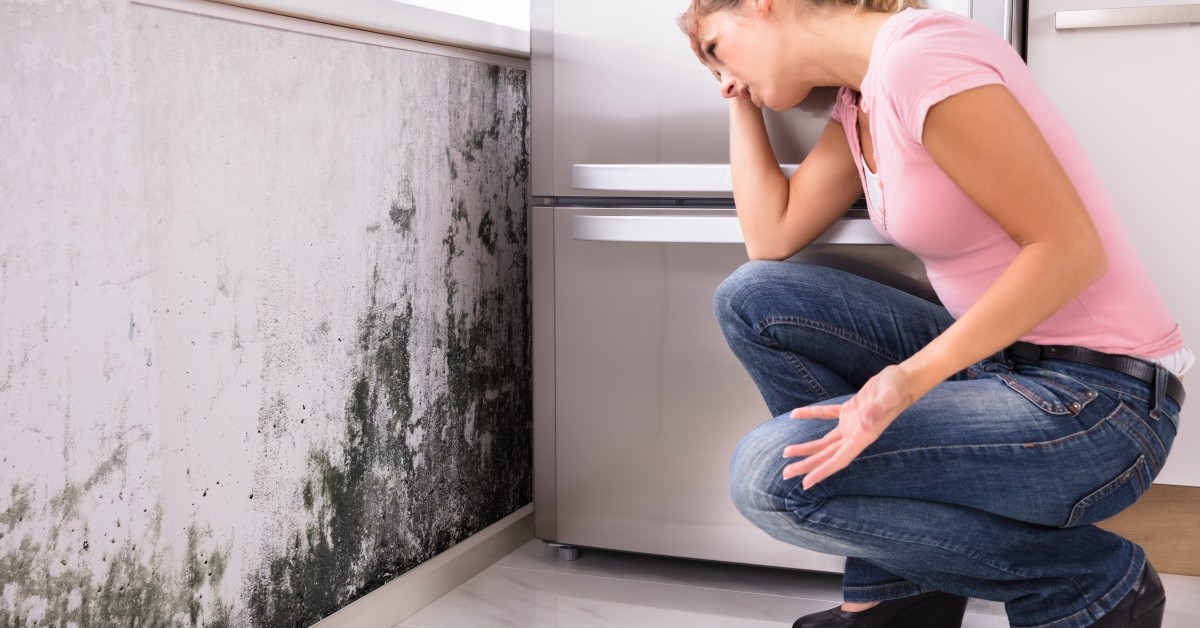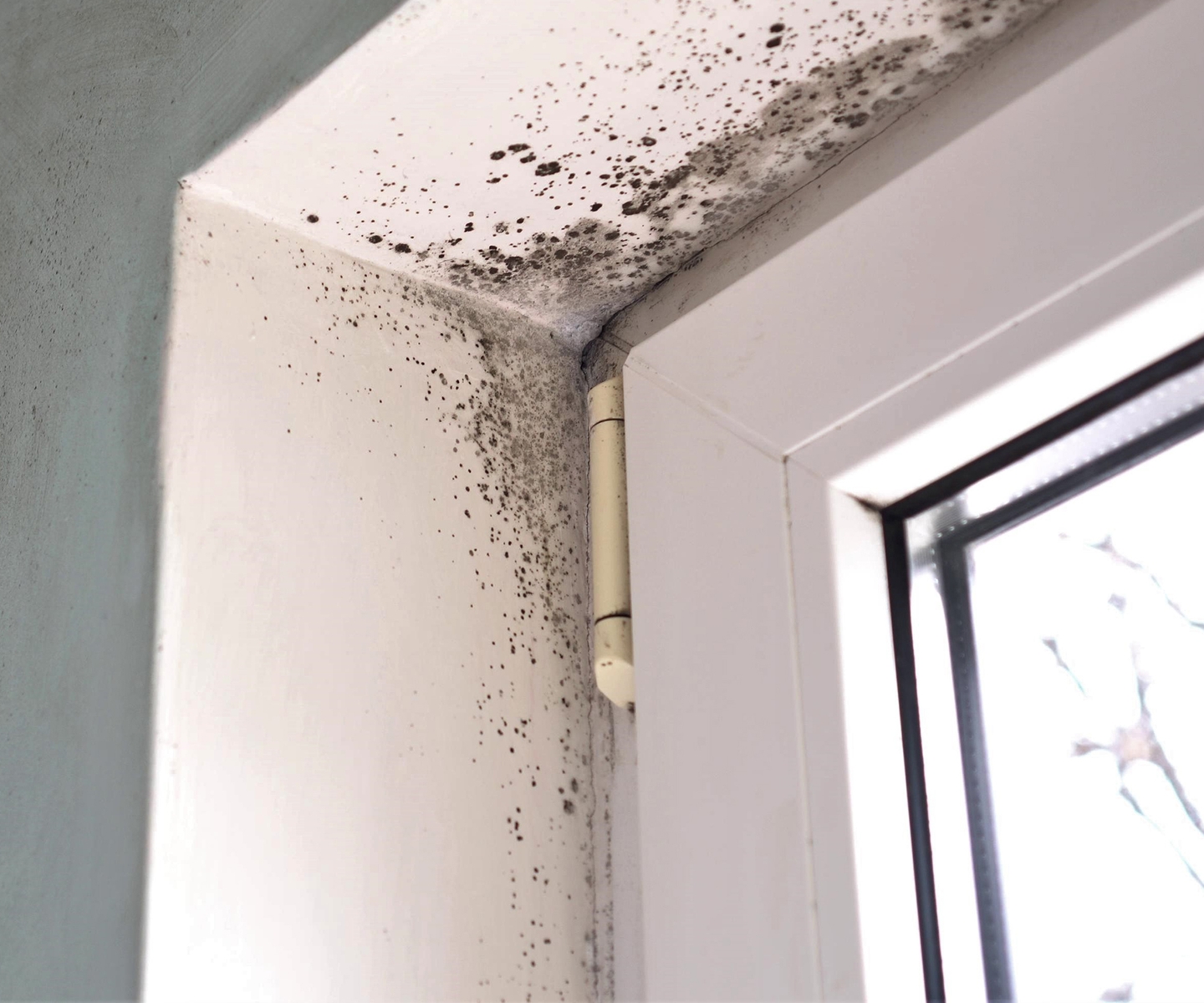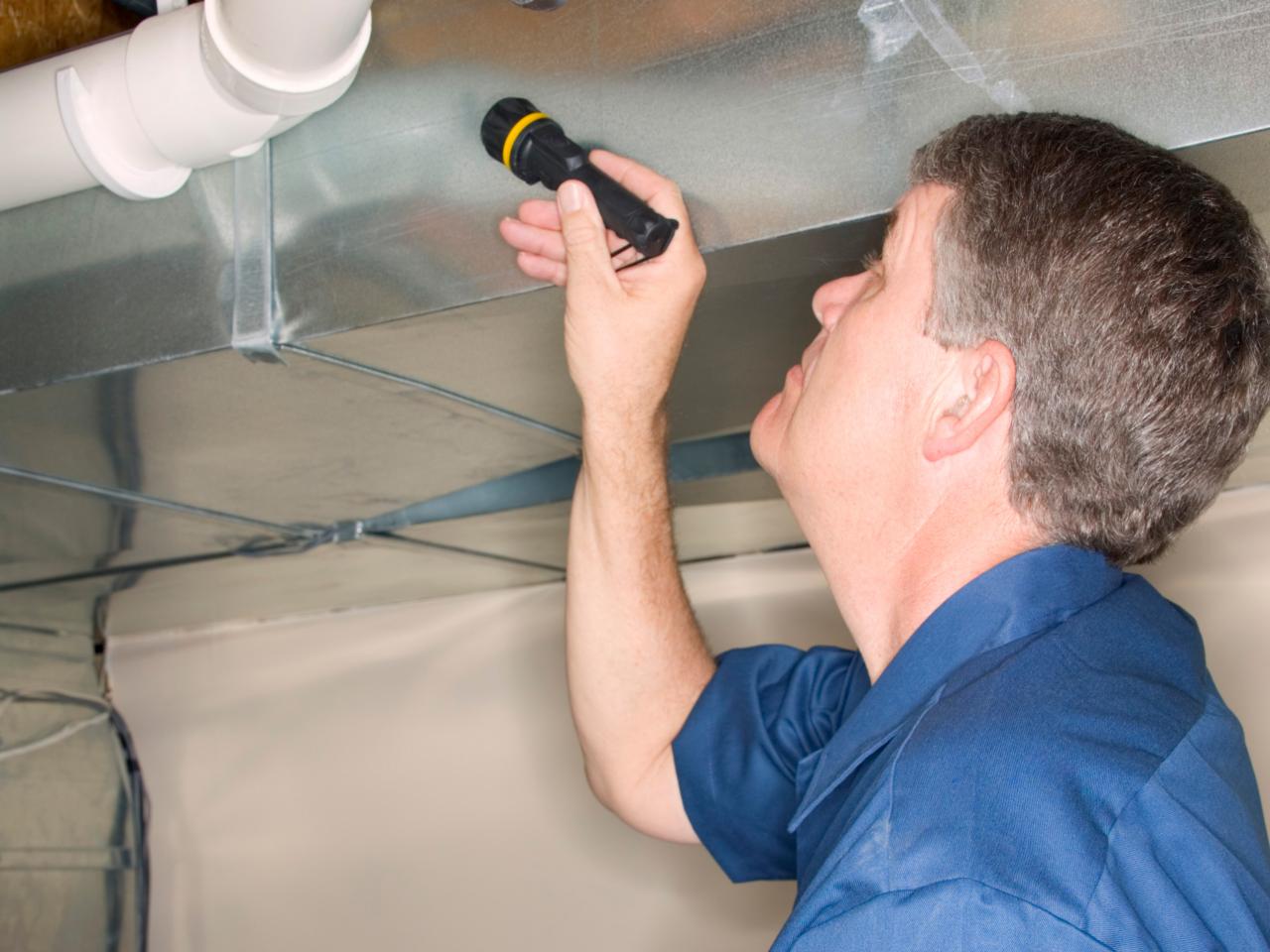Important Steps After Mold Remediation
Important Steps After Mold Remediation
Blog Article
Your Ultimate Overview to Article Mold And Mildew Remediation Techniques
In the results of mold problem, understanding how to efficiently eradicate the mold and avoid its reoccurrence is paramount for keeping a healthy interior environment. From choosing the appropriate cleansing and disinfecting techniques to applying techniques for long-term mold prevention, each action in the removal trip plays an important duty in ensuring a successful end result.
Recognizing Post-Mold Removal Process
After finishing the mold and mildew removal procedure, it is essential to comprehend the post-mold remediation methods that are required to make certain a complete and reliable clean-up. Once the mold has been gotten rid of, the following step entails cleaning and sanitizing the impacted locations to avoid any kind of regrowth of mold. This consists of making use of specialized cleansing agents to wipe down surface areas and eliminate any kind of remaining mold and mildew spores. It is vital to dry the location entirely to prevent the growth of mold in the future (Post Remediation Inspection near me). Proper air flow and dehumidification can help in this process.
Furthermore, carrying out a final evaluation post-remediation is important to make sure that all mold and mildew has actually been efficiently removed. If the assessment exposes any type of remaining mold, additional remediation might be needed.
Efficient Cleaning Up and Sanitizing Techniques

Preventing Future Mold And Mildew Development

Importance of Appropriate Ventilation
Appropriate ventilation plays a vital role in preventing wetness build-up, a vital variable in mold development within interior environments. Reliable ventilation systems help remove excess humidity from the air, minimizing the opportunities of mold and mildew spores finding the dampness they require to spread out and germinate. Without adequate air flow, interior spaces can end up being a breeding ground for mold and mildew, resulting in possible health and wellness threats and structural damage.
By ensuring correct air circulation, ventilation systems can likewise help in drying wet areas extra rapidly after water damages or flooding occurrences, even more discouraging mold growth. After mold remediation. Precede like shower rooms, kitchens, basements, and attics where dampness degrees have a tendency to mold removal dfw be higher, mounting and keeping effective air flow systems is critical in stopping mold and mildew infestations

Tracking and Upkeep Tips
Given the critical function that appropriate air flow plays in protecting against mold and mildew growth, it is vital to establish effective surveillance and maintenance suggestions to make sure the ongoing capability of air flow systems. Regular evaluations of air flow systems ought to be performed to look for any kind of indications of blockages, leaks, or malfunctions that might restrain appropriate airflow. Monitoring humidity levels within the property is additionally essential, as high humidity can add to mold development. Mounting a hygrometer can help track moisture levels and alert house owners to any spikes that might call for attention. Furthermore, guaranteeing that air filters are consistently cleaned up or changed is important for preserving the performance of the air flow system. Implementing a timetable for regular maintenance jobs, such as air duct cleaning and cooling and heating system examinations, can assist avoid issues prior to they rise. By staying positive and alert to the condition of air flow systems, property proprietors can efficiently reduce the threat of mold and mildew regrowth and keep a healthy and balanced interior environment.
Verdict
In final thought, post-mold removal methods are necessary for making sure a clean and secure setting. Recognizing the process, carrying out effective cleansing and decontaminating methods, preventing future mold and mildew development, preserving appropriate ventilation, and routine surveillance are all crucial actions in the removal process. By following these standards, you can effectively get rid of mold and mildew and prevent its return, working or promoting a healthy living area for all owners.
In the results of mold invasion, recognizing how to properly eliminate the mold and mildew and stop its reoccurrence is extremely important for maintaining a healthy and balanced interior environment. When the mold has actually been gotten rid of, the next step entails cleansing and sanitizing the influenced areas to protect against any regrowth of mold and mildew look at this now - Post Remediation verification. After removing visible mold development, it is vital to clean all surfaces in the afflicted location to eliminate any staying mold and mildew spores. To further enhance mold avoidance steps, it is crucial to address underlying problems that originally led to mold and mildew development.Provided the essential duty that proper ventilation plays in stopping mold and mildew development, it is critical to develop effective monitoring and upkeep ideas to make certain the continued functionality of ventilation systems
Report this page